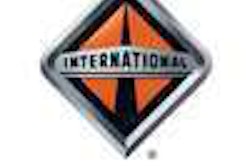New entrants will have to survive a more rigorous test of their safety fitness under new rules issued by the Federal Motor Carrier Safety Administration. The regulations, to be published in the Dec. 16 Federal Register, identify 16 violations that FMCSA deems to be essential elements of basic safety management controls necessary to operate in interstate commerce. Failure to comply with any one of those 16 regulations results in an automatic failure of the new entrant safety audit, which is supposed to occur within the first 18 months of a new entrant’s operation.
The new regulations also will require that new entrants correct certain deficiencies found in roadside inspections on an expedited basis. FMCSA also will check compliance with the Americans with Disabilities Act and certain household goods-related requirements in the new entrant safety audit, if applicable. Failure to comply with these requirements won’t affect the outcome of the safety audit, but the agency will take action to improve compliance.
FMCSA also has improved its educational and technical assistance (ETA) materials to ensure applicants understand applicable federal motor carrier safety standards. And the agency is eliminating the safety certification application for a USDOT number (Form MCS-150A), saying it is not effective for establishing a carrier’s knowledge of safety requirements.
Among the 16 “sudden death” violations, 14 would lead to failure of an audit based on a single occurrence. Two regulations — failing to require a driver to make a record of duty status, and using a commercial motor vehicle not periodically inspected — require a threshold of 51 percent or more of examined records to trigger automatic failure. The agency said use of thresholds responded to complaints that a single occurrence standard would unfairly discriminate against larger new entrants.
The 16 violations FMCSA has determined should result in automatic failure of the audit are:







